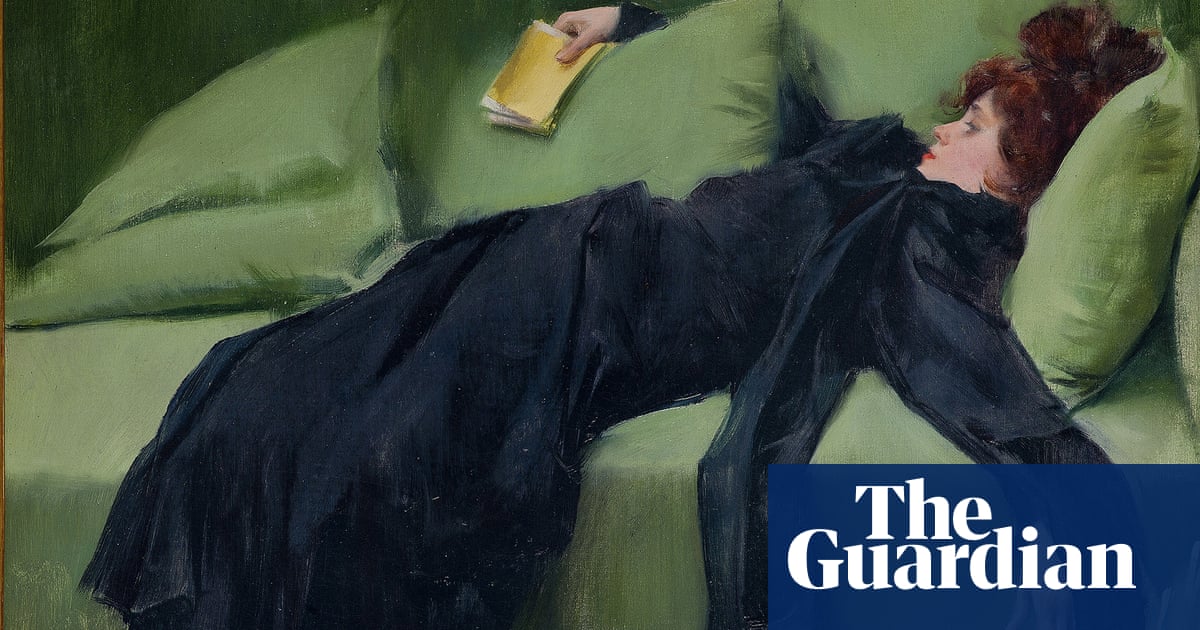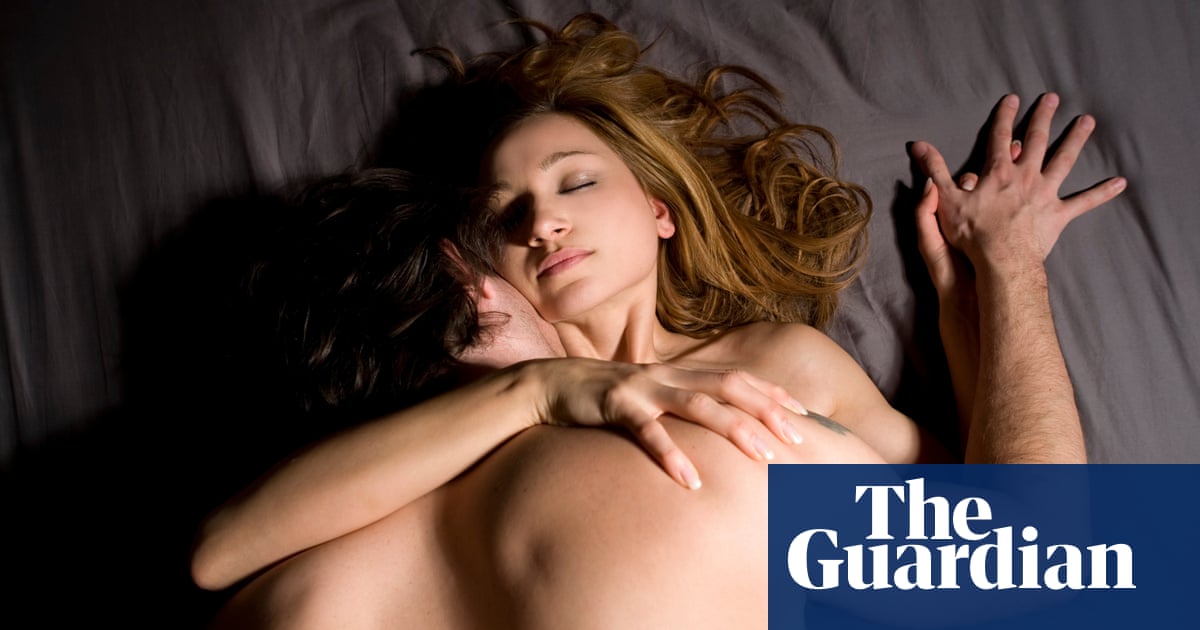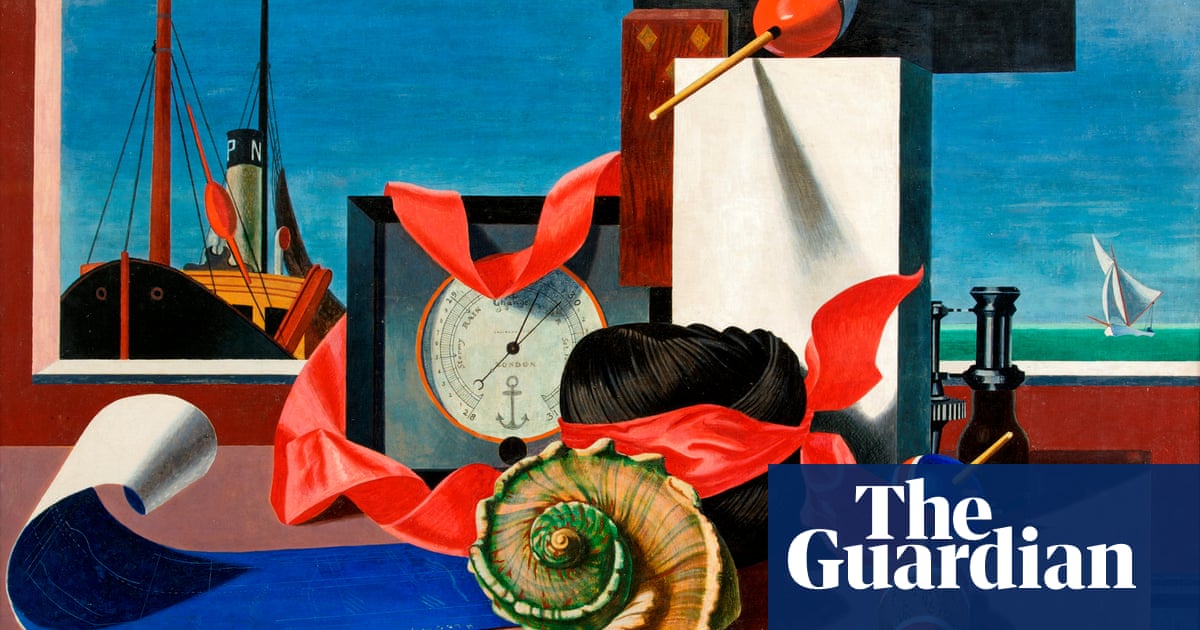
Early photography’s sepias tint our impression of the 19th century. Yet a real-life encounter with an everyday 1860s gown reveals a startling truth: “It’s electric purple and still shocking now,” curator Matthew Winterbottom enthuses. And, as the exhibition Colour Revolution: Victorian Art, Fashion and Design will explore, its garishness was typical in the 19th century.
A decade earlier, the flamboyant purple dresses made fashionable by the style leader Empress Eugénie of France were the preserve of the fabulously wealthy. Yet in just a few years, colours once made with expensive vegetable dyes were being industrially produced cheaply, thanks to an accidental discovery by an 18-year-old chemistry student William Henry Perkin. While attempting to synthesise quinine from aniline, a derivative of coal tar, Perkin realised the intense purples this colourless chemical produced could be used as a dye. He quickly established a factory for his new “mauveine”, as he called this early synthetic dye and chemists across Europe soon followed suit, expanding the synthetic colour palette. “The modern world of ubiquitous colour begins at this point,” says Winterbottom. “London’s streets and train stations are covered in brightly printed posters. People wear brightly coloured clothes. Everything from books to postage stamps becomes colourful.”
This rainbow transformation affected the entire social spectrum, from a working class who were now able to afford bright colours to members of the social elite rethinking their wardrobes. “Women asserted a more emboldened identity through colour,” says Winterbottom. In addition to loud dresses, ankles sporting coloured and striped stockings could be flashed thanks to newly swinging steel-hooped crinoline petticoats, which replaced the layers of fabric that previously helped to fill out skirts.
The synthetic revolution’s colour craze led to the exploitation of natural wonders, too, with some horrifying results. One of the exhibition’s curiosities is a necklace made from the heads of hummingbirds, whose iridescent plumage obsessed Victorians. Millions were killed to provide decorations for hats. “A minority realised [the trade’s] devastating impact and formed anti-plumage leagues,” says Winterbottom. “It was women mobilising other women.”
There was also, inevitably, a backlash against the mass adoption of bright clothing. “Outrageously crude [particularly] among shopkeepers’ wives,” sniffed one 1860s French visitor to England cited in the exhibition catalogue. The Pre-Raphaelite Brotherhood critic John Ruskin praised instead “God-given” colours while William Morris talked up the faded beauty of expensive organic dyes and initiated a trend among the haute bourgeoisie for muted tones. Yet while the brotherhood themselves advocated natural pigments, the exhibition shows that even in their stridently medievalist works, they used chemical greens.
This tension between nature and artifice fuelled some intriguing cultural shifts, with later generations intentionally overturning traditional colour symbolism and embracing forbidden hues. Of all Victorian Britain’s colour fads, green was the most controversial. By the 1860s, new arsenic greens created toxic wallpaper and notoriously caused a young woman who worked with colourful silk flowers to produce green vomit before dying. Two decades later, however, this murky history made green the colour du jour for the decadents – writers and artists who rejected establishment values in favour of a pure aestheticism. Its infamous leading agent provocateur, Oscar Wilde, had a famed green-dyed carnation that cleverly inverted norms and became a queer symbol.
Although Winterbottom wants the show “to challenge people’s ideas about Victorians in sombre colours”, perhaps the colour that most strongly echoes down the ages is black. Ramón Casas’s 1899 painting of a “decadent young woman” shows her collapsed on an absinthe-green sofa, racy yellow novel in hand, wearing a jet black dress. It’s a deliberate rejection of its special mourning status and, he says, points out“a marker of her chicness and decadence”. The synthetic rainbow lit the way to a revolution, not just in dyes, but a questioning inmindsets, too.
Colour Revolution is at the Ashmolean Museum, Oxford, 21 Sep to 18 Feb.
Living colour: five highlights from the exhibition
A Decadent Young Woman, After the Dance by Ramón Casas, 1899 (main image)
This young woman relaxing after a big night out is thoroughly modern, reading what she likes – a yellow French novel – on a plush sofa whose absinthe green suggests both intoxication and decay, in a black dress that would have been the height of fashion.
Ladies’ aniline-dyed silk stockings. 1860s-1880s
Before the invention of synthetic dyes, underwear had been white or blue. Colour was particularly embraced in the manufacture of stockings, leading a writer for the Lady’s Newspaper and Pictorial Times to gush about “the rainbow-spanned ankle” in 1861.
Front cover for The Yellow Book by Aubrey Beardsley, 1894
The so-called “yellow 90s” were marked by ambiguity. Colman’s Mustard posters brightened London’s streets, while decadent literary periodical, The Yellow Book, nodded to the yellow jackets common to controversial and sexual French novels, as well as to sickness.
English day dress in aniline-dyed silk and glass beads, late 1860s
This dress is dyed in the new “mauveine”, the commercial synthetic colour created from chemical extracted from coal tar. Queen Victoria had worn an expensive mauve dress to her daughter’s wedding and when the colour became affordable, a trend dubbed “mauve measles” gripped Britain. Surprisingly, given its look-at-me hue, this garment was for daywear and belonged to the daughter of a Baptist minister.
Lady Granville’s beetle parure and case, 1884–85
The Victorian obsession with colour led to some disturbing embellishment of natural wonders. This tiara, from the British Museum’s collection, contains the iridescent bodies of 46 South American weevils, gifted by the Portuguese ambassador to the British foreign secretary, Lord Granville.












